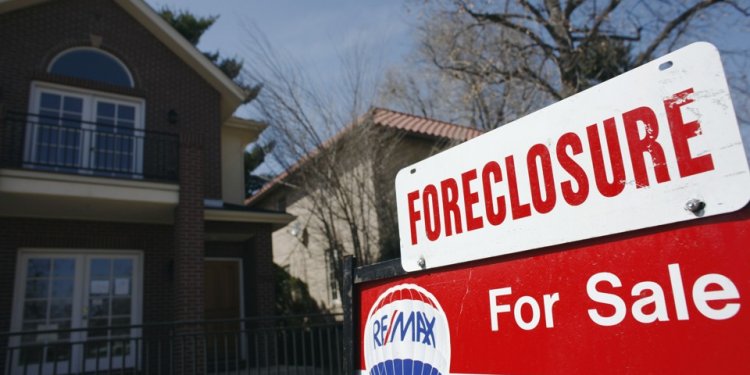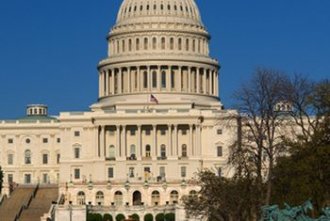
Government sponsored mortgage Lenders
 All mortgage GSEs were created by Congress to improve the flow of credit in housing markets.
All mortgage GSEs were created by Congress to improve the flow of credit in housing markets.
Mortgage GSEs, or government-sponsored enterprises, are basically financial services corporations. All were created by Congress with the aim of improving the flow of credit into certain housing markets while reducing the cost of that same credit. The two most widely known examples of mortgage GSEs are Fannie Mae and Freddie Mac. Besides Fannie and Freddie, another popular GSE is Ginnie Mae. A separate group of 12 federal home loan banks also works as a mortgage GSE.
History
Congress created the first mortgage GSE in 1932, when it chartered the federal home loan banks. They work to provide a stable source of funding for low-interest rate loans to banks and other lenders who in turn lend that money to borrowers. Fannie Mae was created in 1938, and Ginnie Mae in 1968. Freddie Mac came into existence in 1970.
Function
Until 2008, Fannie and Freddie were set up as privately owned corporations chartered by the federal government. Ginnie Mae, though, is wholly owned by the government and is a part of the Department of Housing and Urban Development. Fannie and Freddie purchase mortgages, which are sold by lenders on the secondary mortgage markets. Ginnie Mae attracts capital from around the world by guaranteeing lender loans sold in various global capital markets.
Significance
Combined, all the mortgage GSEs hold more than $5 trillion worth of mortgages. Most of the residential mortgage borrowing sectors in the U.S. are dominated by them, in fact. Also, the lending policies set by the GSEs, especially Fannie and Freddie, carry great weight with private lenders. That's because those lenders rely on them to purchase the loans they've made to borrowers. However, Fannie and Freddie don't purchase mortgage loans greater than $400, 000.
Warning
Any mortgage that's for more than $400, 000 is usually considered a non-conforming, or jumbo, loan. In other words, it generally doesn't conform to standard Fannie and Freddie mortgage purchasing limits. You'll usually have to put more money down and pay at least a slightly higher interest rate when you take out a non-conforming loan. Because lenders can't readily sell them to the two GSEs, jumbo loans are considered to be riskier for lenders to issue.
Considerations
Fannie and Freddie almost ceased to exist in 2008. For years, they'd been purchasing large numbers of mortgages that had been issued to risky borrowers. The recession of 2007 hit many of those borrowers very hard. When they began defaulting, the GSEs and many other investors found themselves holding essentially worthless mortgage-backed securities. To prevent a widespread panic and market crash, the government pledged to guarantee all such GSE securities. Fannie and Freddie were then put under a government conservatorship.

















